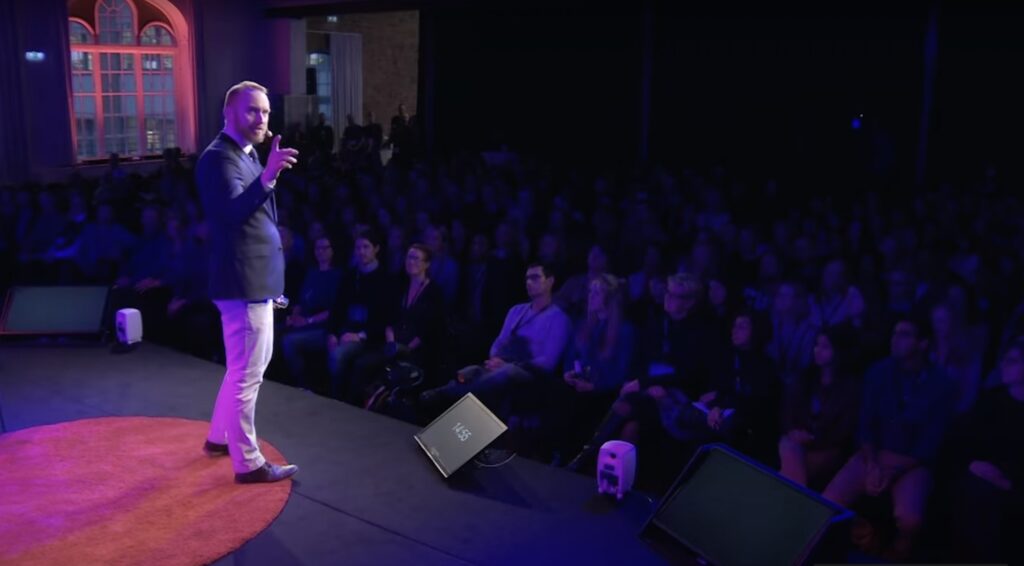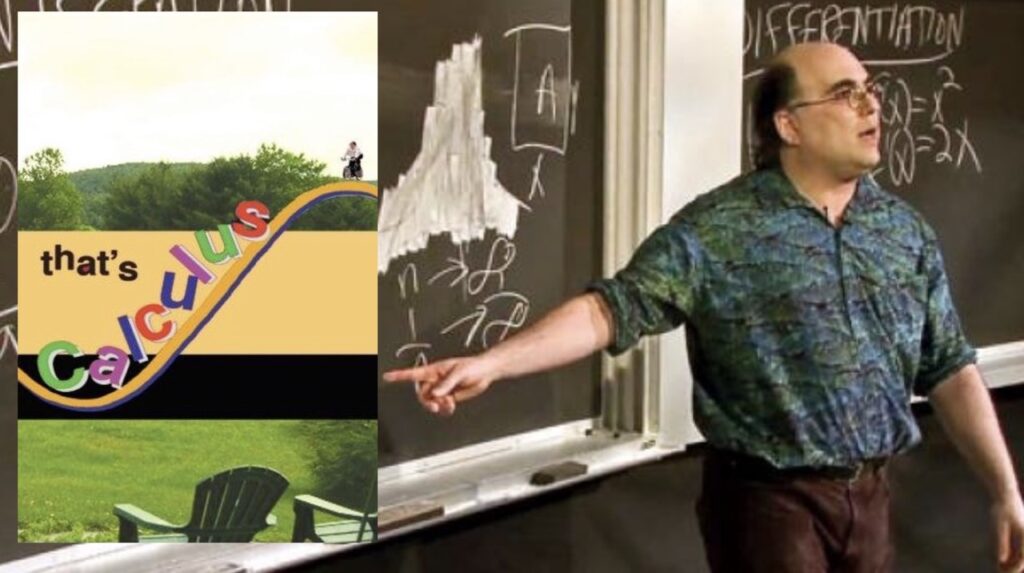This week, I presented on the opportunities and challenges of storytelling at the 4th Annual Pace Online Conference. My talk, titled, “Creating Engaging Stories with Video,” was meant to inspire new possibilities for telling stories in our instructional videos at Pace University.
The main theme I explored was how stories that are even only indirectly connected to the subject matter have the potential to help students better connect with multimedia content. As David JP Phillips shares, stories can make your brain more receptive to learning. These could be personal stories or stories from your field that connect to the subject matter or lesson.

But telling stories also requires students to spend more time with our media, and that can be a challenge. I shared the story of Quibi to reinforce how even 10-minutes videos fall awkwardly between short videos (that require less commitment) and long videos that rival media choices with higher production values and well-crafted stories (well, some of the time).

A Call to Action
What’s the best way forward? It’s up to each faculty member to wrestle with this issue, but I challenged everyone to try to bring a story into lectures that are longer than 10 minutes.
After sharing a personal example, I asked everyone to reflect on a time or experience in their life that led them on their academic journey. I thought it would be helpful to experience this work of identifying possible stories, even though it can be frustrating sifting through memories and making connections to subject matter! And further complicating the path ahead, a professor will need a handful of ready-to-use stories to call upon over the course of a semester.

For the final part of my presentation, I reviewed the resources and services of the Online Learning Center, and invited faculty to seek our help in bringing stories into their videos.
What do you think? When and how can educators use stories to create the conditions for learning?